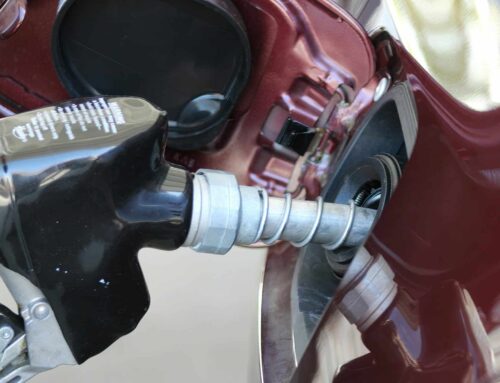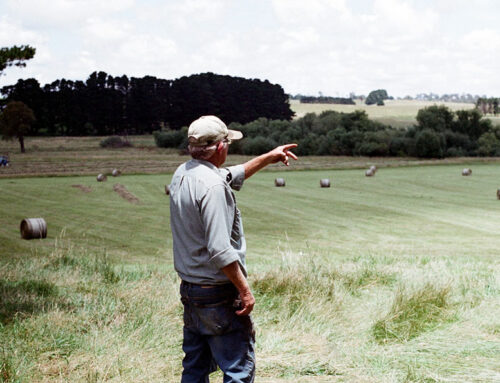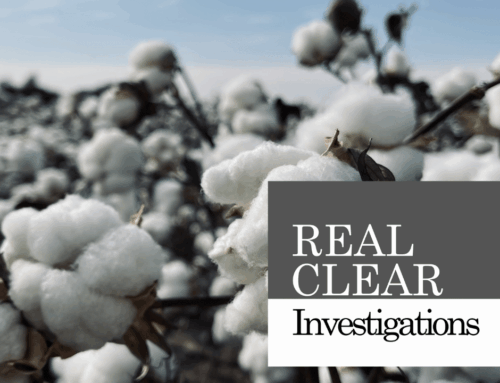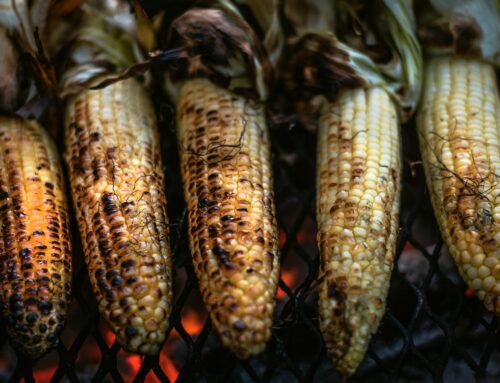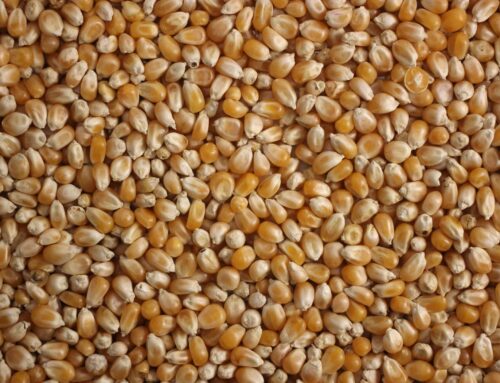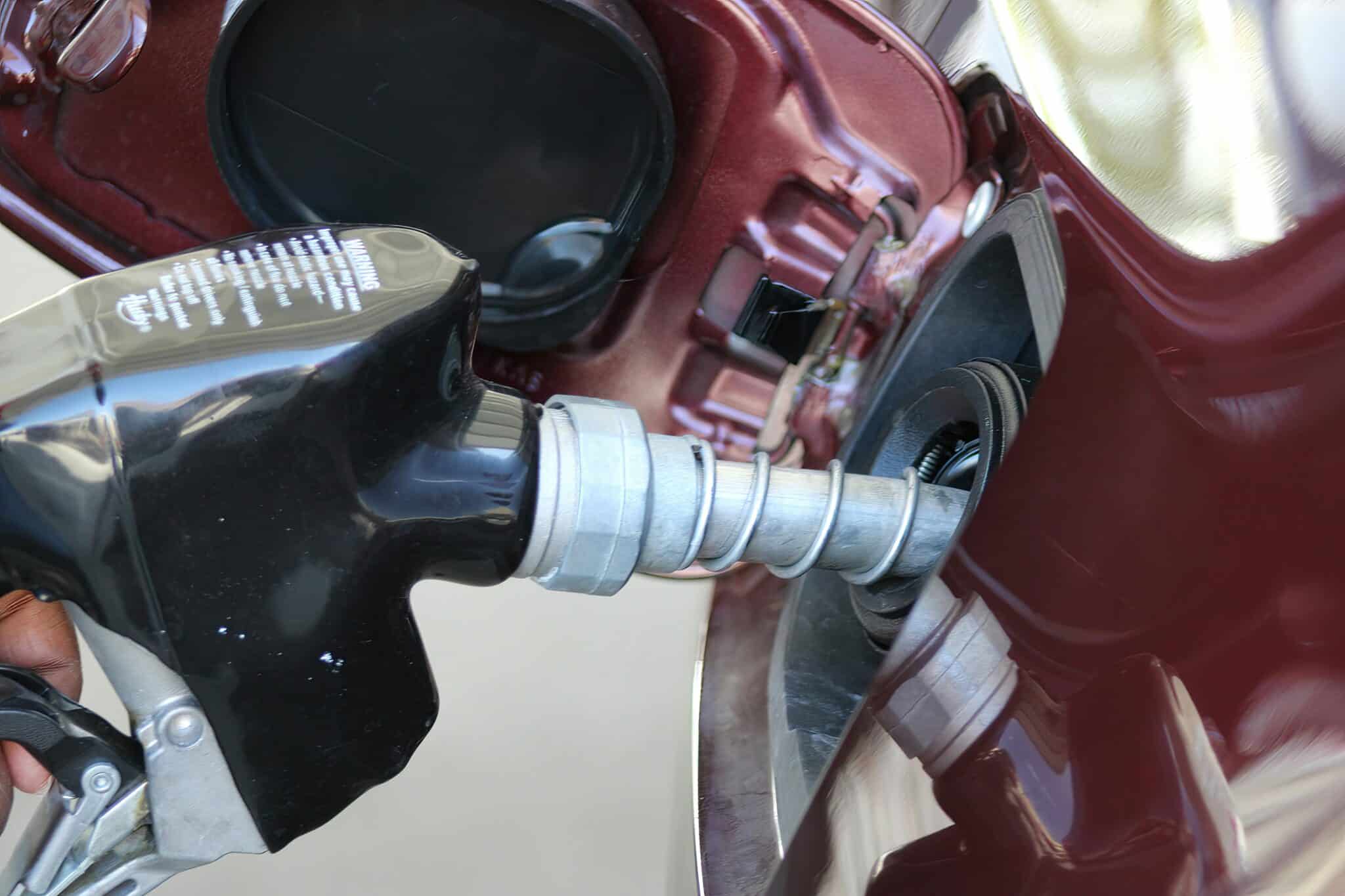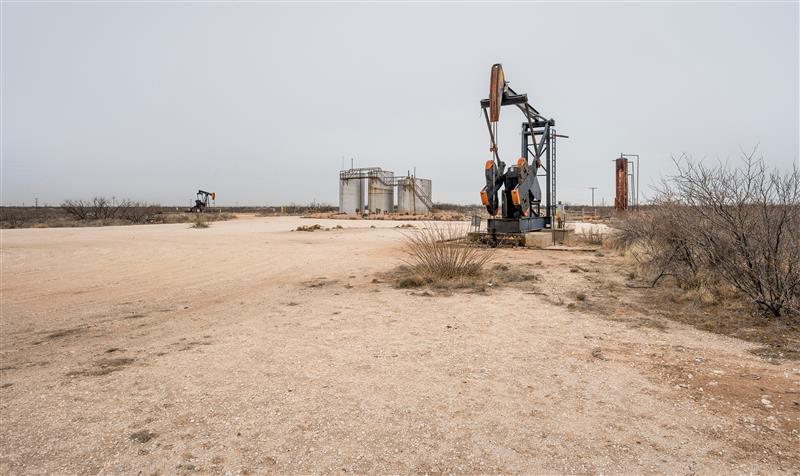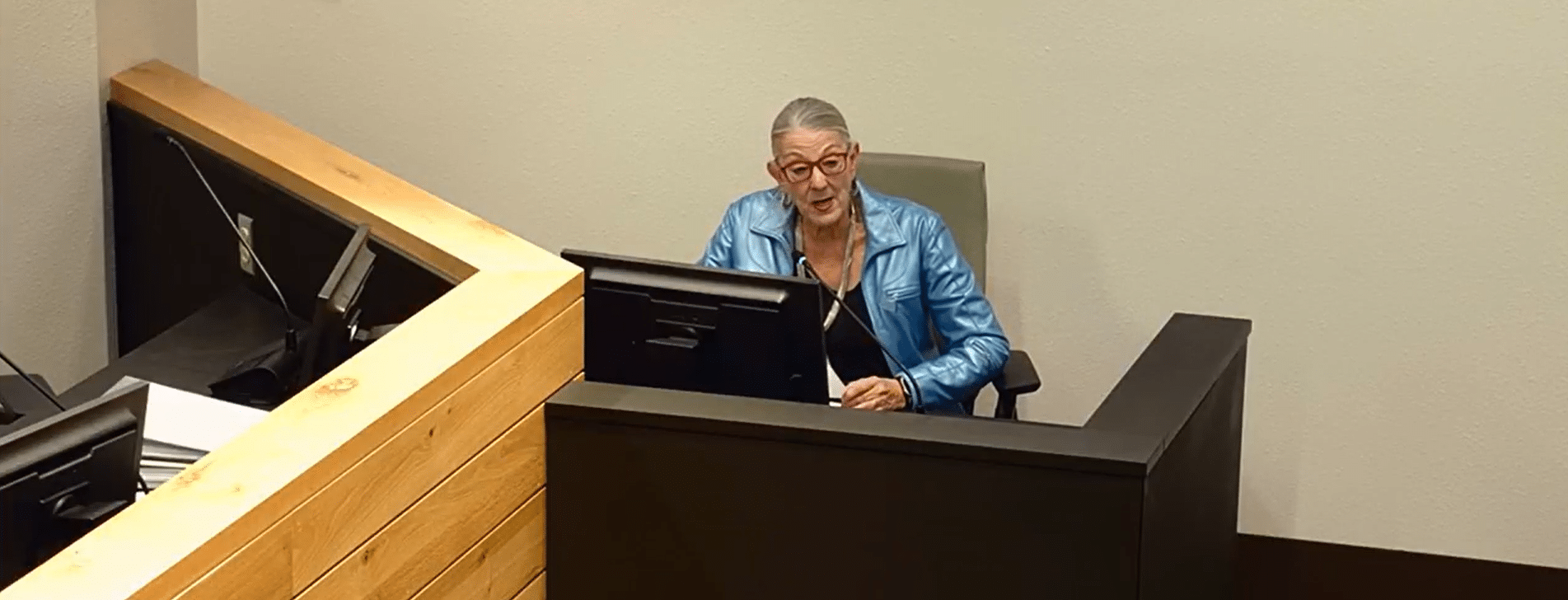Special interests are always looking for a silver lining. This year, it’s the farm lobby and sympathetic politicians shamelessly taking advantage of the crippling drought to stick taxpayers with a bloated, wasteful farm bill. The drought is no doubt one of the worst in history, but passing special interest carve-outs and new billion dollar subsidy programs will not reverse the drought.
One would think that with disaster declarations in 1,892 U.S. counties – most due to drought – and crops deteriorating by the minute, that one of the brightest sectors in our economy would take a hit. But as the U.S. Department of Agriculture announced this week, farm profits are expected to set yet another record this year, topping $122 billion dollars . As an Indiana farmer recently told NPR , “most farmers would not go broke from this one bad season.” They will not only benefit from this year’s sky-high crop prices and generous federal crop insurance program, but can also dip into savings accumulated from several years of record profits.
The real reason behind the agriculture lobby’s unrelenting farm bill push is to secure expensive cotton, catfish, popcorn, and peanut carve-outs and new “shallow loss” programs that guarantee high levels of income. Under the latter, checks would flow from Washington any time farms see even modest dips—as little as 10%—in their revenue, not the devastating wipe-outs that are currently making headlines. And we haven’t even touched on the meat and potatoes of the farm bill. About 80% of the next farm bill’s price tag will be spent on nutrition programs. Combined with other conservation, trade, and horticulture programs, about 93% of farm bill spending is completely unrelated to the effects of Mother Nature. And most of these programs will continue regardless of whether or not a farm bill is passed before its expiration on Sept. 30.
The remaining 7% of farm bill spending is primarily dedicated to highly subsidized crop insurance. This income guarantee program cost taxpayers a record $11 billion last year, and this year’s tally could easily surpass $20 billion with farmers claiming huge losses on a record number of enrolled acres . Since producers only pay approximately 40 cents on the dollar for insurance coverage, they could receive $5 to $7 for every dollar paid in this year. In some states like Texas and North Dakota, producers regularly receive more money back then they pay in since growing corn in risky areas like western Texas will never equal yields in prime growing regions like Iowa. In other words, this isn’t the Garden of Eden.
A recent agreement between the government and the crop insurance industry also requires taxpayers to pick up a greater portion of crop insurance losses, particularly in years like this, on top of paying companies $1.3 billion to administer the policies. In other words, it’s a win-win for farmers and insurance companies but a lose-lose for taxpayers.
With such a widespread drought, some producers will inevitably fare better than others. Those who failed to sign up for cheap or free insurance won’t sleep as well as others who planned ahead to mitigate predictable business risks. Since fewer livestock producers enroll in federal insurance policies and high feed costs are eating into their profits, they may fare worse, but not much worse, than crop producers. In fact, USDA projects that livestock sales will fall just 0.1% this year.
Livestock producers are also currently focused on a different government intervention into the marketplace – the federal renewable fuels mandate. Since 40% of the U.S. corn crop is used to produce fuel – not food or feed – eight governors of livestock-producing states petitioned the government to relieve the mandate until corn prices fall and corn stocks rebound. USDA has taken its own steps to help producers by allowing grazing on conservation lands, buying meat to increase prices, encouraging crop insurance companies to waive late penalties, among others.
Ag leaders in Washington are also claiming that we need a need a farm bill this year “so there is economic certainty for farmers to make good decisions and to be able to address the disasters that are very, very real.” But at the same time, Senate Agriculture Committee Chairwoman Stabenow (D-MI) says, “We want the farmer and the market to make decisions – not the government.” But if farmers aren’t planting for the government, then why would a farm bill help them make planting decisions?
Signing a trillion dollar farm bill into law to satisfy special interests will only send more wasteful subsidy checks to an already profitable industry. When Congress returns from summer vacation, lawmakers should spend the next month figuring out how to reduce our $16 trillion debt instead of erroneously passing a bloated, wasteful bill in the name of the drought.

